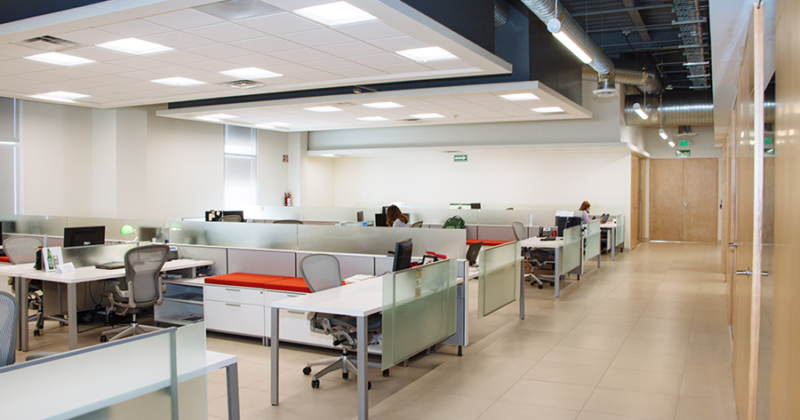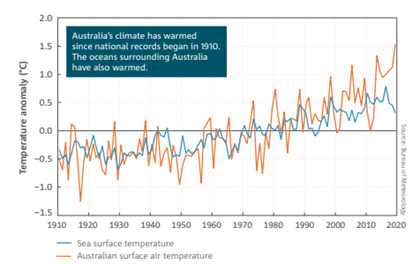How Does Summer Impact Commercial Energy Prices?

While summer has many great qualities, one thing most do not look forward to is the spike in our electricity bills. Unfortunately, it’s during this season, we tend to see a significant increase in energy consumption.
Energy consumption within a commercial space generally incorporates heating and cooling, lighting, office and operational equipment, and machinery. Lighting and equipment will consume a certain percentage of energy, maintaining a predictable cost regardless of seasonal changes. However, energy usage for heating and cooling is incredibly responsive to temperature fluctuations. For example, consider your air conditioner; as temperatures rise, the amount of energy it takes to return the building or retail space to a base temperature also increases.
Reducing the Impact of High Temperatures on Electricity Consumption
Estimating the impact climate and temperature changes has on energy consumption can help your business mitigate and adapt its power expenditure to meet demand.
Understanding the drivers of energy use for your company is critical to managing costs. By recognising your businesses peak consumption and future goals, you can construct a viable solution to meet demand-side management. One of these actions includes the installation of a commercial solar pv system.
How Solar Works to Save Your Business Money
Solar systems provide power using solar panels and inverters, which convert the sun’s energy into usable electricity for your business.
Most businesses operate during daylight hours. While this does mean you occur peak electricity charges, it also provides ideal operating conditions to make the most of a solar installation.
During the day when your system is generating energy, your business will automatically consume electricity from the system to power your site and its equipment before drawing from the grid. As a result, you pay less for the total energy you consume.
It’s important to note that this does not mean that by installing solar, you will suddenly receive an electricity bill for $0. Instead, several factors contribute to the offset percentage your solar installation provides, including:
- Energy consumption rate: How much electricity your business is using to run operations. With growth and development comes increased energy usage, as more electricity is consumed to meet demand.
- System size: How many solar pv panels can be safely added to the roof space will determine how much solar energy can be generated. For example, a 20kW solar system will generate approximately 80 to 90 units per day.
- Panel positioning
- Quality of components
- Daylight hours
A time of use and power consumption analysis can help determine what solar system options best suits your business requirements and balance cost and benefits.
The Future of the Grid with Australia’s Changing Temperatures
High temperatures, especially in summer, place a significant demand on Australia’s electricity grid.
Climate is one of the critical factors which influence energy consumption, with changing temperatures dominating. Not only are residential and commercial energy demands temperature-sensitive, using electricity for heating and cooling. But consistent high heat is shown to increase blackouts, with heatwaves and other environmental factors, including bushfires and droughts, contributing to high spot prices independent of demand.
According to the CSIRO’s State of the Climate Report, Australia’s climate has warmed and shows a continuous trend. Unfortunately, this warming has seen an increase in the frequency of extreme heat events.
Image 1.0 Australia’s Surface Temperature Trends Source: CSIRO “State of the Climate” https://www.csiro.au/en/research/environmental-impacts/climate-change/State-of-the-Climate
Seasonal variations are proven to cause fluctuations in energy demand for residential and commercial consumers. It is resulting in price peaks, uncertain supply, and the potential for rolling blackouts.
Businesses can adapt to changing conditions by implementing a series of actions to support energy demand management. A commercial solar system is a sustainable option to help you optimise energy consumption and cut costs.



